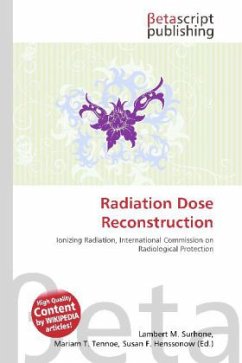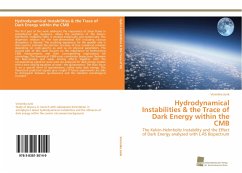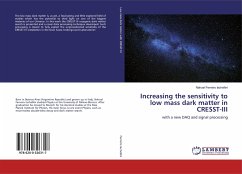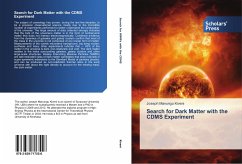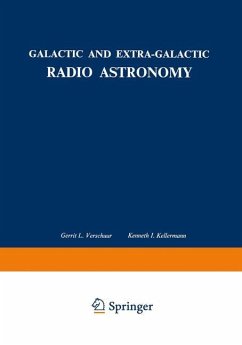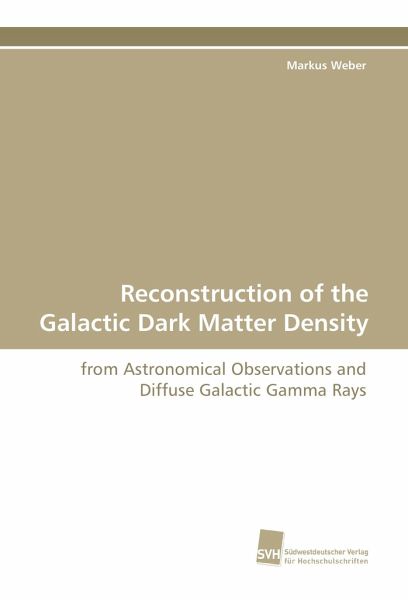
Reconstruction of the Galactic Dark Matter Density
from Astronomical Observations and Diffuse Galactic Gamma Rays
Versandkostenfrei!
Versandfertig in 6-10 Tagen
53,99 €
inkl. MwSt.

PAYBACK Punkte
27 °P sammeln!
This thesis considers the dark matter (DM) density distribution of the Milky Way. The DM is assumed to consist of weakly interacting massive particles. Their density distribution is constrained by astronomical observations. An important constraint is the so-called rotation curve (RC) of the Milky Way, which describes the rotation speed of matter around the Galactic centre as function of Galactocentric distance. It is shown that a ringlike DM component in the Galactic disc is necessary to describe the peculiar dips in the RC at 3 and 9 kpc from the centre in agreement with the dip in the gas fl...
This thesis considers the dark matter (DM) density distribution of the Milky Way. The DM is assumed to consist of weakly interacting massive particles. Their density distribution is constrained by astronomical observations. An important constraint is the so-called rotation curve (RC) of the Milky Way, which describes the rotation speed of matter around the Galactic centre as function of Galactocentric distance. It is shown that a ringlike DM component in the Galactic disc is necessary to describe the peculiar dips in the RC at 3 and 9 kpc from the centre in agreement with the dip in the gas flaring of the Milky Way. This substructure effects the local DM density which is of crucial importance for direct DM search experiments. The slight GeV excess in the spectra of diffuse Galactic gamma rays of the EGRET and Fermi satellite data are consistent with this DM density distribution, if this excess is attributed to DM annihilation.





